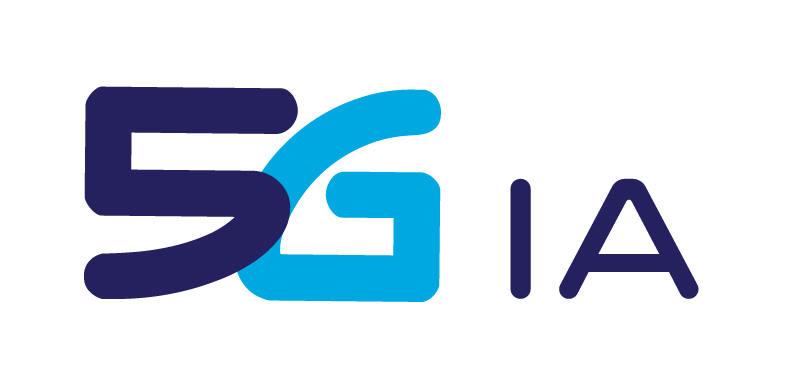

- About us
- Getting Involved
- Plans & Papers
- Events
- European 5G Activities
- Media & News
- Contact
Call: IEEE Magazine on 5G RAN
CALL FOR PAPERS
5G Radio Access Network Architecture and Technologies
Feature Topic of IEEE Communications Magazine, October 2016
Current global research on 5G networks has identified the need to rework the Radio Access Network (RAN) architecture, beyond incremental evolution of the current and upcoming 3GPP LTE releases. Novel services and usage scenarios, new classes of traffic, and increased pressure on infrastructure valorization place new requirements on RAN, especially in terms of re-configurability and flexibility. Future radio access networks are thus expected to optimally exploit a broad portfolio of enabling technologies and frequency bands, departing from the “one system fits all services” approach. They will leverage virtualization and cloud computing technologies to adapt execution logic to specific “prosumer” service requirements, with (de)composition and allocation of mobile network functions, to the most appropriate location, so that access and networking functions, and corresponding states, no longer necessarily reside in different locations, for joint performance optimization.
This Feature Topic (FT) will address the most promising approaches to RAN architecture, functions, interfaces and protocols redesign towards IMT2020 (5G). Design constraints include the possibility of providing services that cannot be supported by a mere evolution of today’s mobile networks. This is especially true for massive and mission critical machine communications with a high degree of reliability, dependability and extremely low latency. The possibility of supporting different types of software-defined air interfaces, frequency bands and multi-tenancy models are also a part of the challenges that need to be addressed. Solutions enabling new emerging business models, whilst optimizing CAPEX and OPEX, joint optimization of access and network functions, multi‐service, multi-tenant and context aware adaptation of network functions and applications, implementation of mobile and high performance computing, realistic standardization prospects are sought.
Topics of interest include, but are not limited to:
- Novel RAN architectures, beyond incremental evolution of existing standards, based on service-aware, optimal and scalable dynamic allocation of network functions to network nodes
- Support of service-aware and multiple heterogeneous radio access technologies (RAT’s) operations
- Interfaces for novel 5G wireless, in particular for optimal PHY/MAC/handover control;
- Multi tenancy, with dynamic sharing and distribution of network resources between service providers
- Optimized backhaul front haul integration (wireline or wireless) and control
- Implementation and applicability of SDN approaches, decoupling U/C planes to wireless functionalities beyond routing
- Optimized network function placement in cloud based RAN implementations to support energy efficiency reduction
- New protocols and procedures for service composition and allocation
- Novel service addressing architectures based on innovative networking approaches, such as ICN/CCN
- Network slicing powering business solutions, while offering multi-tenants technical and commercial control
- Device (mobile terminals, cognitive objects) impact on function placement and location
- Testbeds and experimentations
Submissions
Articles should be tutorial in nature and written in a style comprehensible and accessible to readers outside the specialty of the article. Complete guidelines for prospective authors can be found at http://www.comsoc.org/commag/paper-submission-guidelines. The guest editors reserve the right to reject papers they unanimously deem to be either out of scope of this Feature Topic or otherwise extremely unlikely to be accepted after a peer review process.
It is important to note that IEEE Communications Magazine strongly limits mathematical content, and the number of figures and tables. Mathematical equations should not be used (in justified cases up to three simple equations are allowed). Article length (introduction through conclusions, excluding figures, tables and their captions) should not exceed 4,500 words. Figures and tables should be limited to a combined total of 6. The number of archivable references is limited to 15. Non-archivable references (website URLs, web-posted papers and reports, unpublished/to be published papers) should not be used. All articles must be submitted through the IEEE Manuscript Central site (http://mc.manuscriptcentral.com/commag-ieee) to the “November 2016 / 5G RAN” category by the submission deadline according to the following schedule:
Important Dates
- Manuscript Submission Deadline: February 1, 2016
- Decision Notification Due Date: June 1, 2016
- Final Manuscript Due Date: August 1, 2016
- FT Publication Date: November 2016
Guest Editors
| David Soldani VP Huawei European Research Centre Huawei Technologies Dusseldorf GmbH, Germany david.soldani(at)huawei.com |
Bernard Barani Deputy Head of Unit “Network Technologies” European Commission Bernard.barani(at)ec.europa.eu |
| Periklis Chatzimisios (Corresponding Editor) Department of Informatics Alexander TEI of Thessaloniki, Greece peris(at)it.teithe.gr |
Simone Redana Manager, Radio Research, EU 5G NORMA Project Coordinator Nokia, Germany Simone.redana(at)nokia.com |
| Abbas Jamalipour School of Electrical & Information Engineering The University of Sydney, Australia a.jamalipour(at)ieee.org |
Sundeep Rangan Electrical and Computer Engineering New York University, USA srangan(at)poly.edu |





